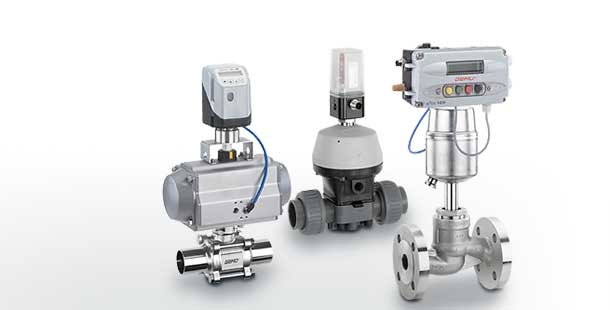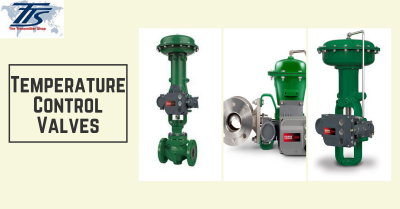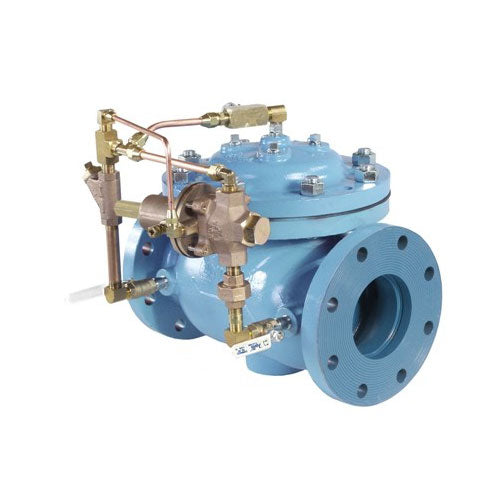Enhancing Functional Performance with Advanced Control Valves
Enhancing Functional Performance with Advanced Control Valves
Blog Article

Maximize Energy Savings and Convenience With Advanced Structure Automation Controls
In the realm of modern-day style and center administration, the combination of sophisticated building automation regulates stands as a critical innovation. By taking advantage of the power of automation, buildings can adapt, react, and evolve in means that were once unthinkable.
Energy Effectiveness Advantages
Power effectiveness benefits can significantly reduce energy consumption and functional costs in buildings. By implementing energy-efficient techniques and technologies, structure proprietors and operators can attain significant financial savings while likewise adding to ecological sustainability. One of the primary benefits of boosting power effectiveness in buildings is the reduction of energy bills. Energy-efficient systems, such as innovative structure automation controls, can maximize making use of sources like lighting, cooling, and heating, resulting in lower power expenses with time.
Furthermore, boosted energy efficiency can extend the lifespan of structure tools and systems. By operating much more successfully, a/c systems, light, and various other structure components experience much less damage, resulting in reduced upkeep and replacement expenses. Additionally, energy-efficient buildings commonly command greater property values and rental rates, offering lasting economic benefits to owners.
Moreover, power effectiveness can enhance occupant convenience and efficiency. Properly managed indoor atmospheres with ideal lighting and thermal problems develop a more favorable and pleasurable work space, causing improved staff member satisfaction and performance. In general, the power performance benefits related to sophisticated building automation controls are diverse, incorporating expense financial savings, environmental stewardship, and passenger wellness.
Improved Convenience Control
Enhancing convenience control in building atmospheres needs an innovative assimilation of innovative automation systems for ideal resident health. By making use of innovative structure automation controls, centers can tailor the interior environment to meet the specific needs and choices of owners. These systems allow specific law of lighting, ventilation, and temperature, developing a comfortable and productive environment. Owner contentment and productivity are very closely linked to thermal comfort, making it vital to have systems in position that can adapt to transforming problems in real-time.
Boosted convenience control exceeds standard temperature level modifications. It includes features such as tailored settings, occupancy sensing units, and natural light application to produce a responsive and vibrant environment. By including these sophisticated controls, buildings can not only improve comfort but additionally enhance power performance by maximizing system procedures based upon actual occupancy and usage patterns. Eventually, focusing on occupant convenience with innovative automation systems causes a more pleasurable and healthier interior atmosphere.
Functional Performance Improvements

In addition, the application of real-time surveillance and analytics tools enables building operators to identify power inadequacies and operational anomalies immediately. By constantly keeping an eye on power usage patterns and system efficiency metrics, modifications can be made in real-time to maximize power intake and make sure peak operational performance. control valves. Furthermore, integrating demand response approaches into building automation controls can additionally enhance operational efficiency by dynamically changing power use based on grid why not try these out conditions and pricing signals
Indoor Climate Optimization
Effective indoor environment optimization is a fundamental element of building automation controls, guaranteeing passengers' convenience and health while maximizing power cost savings. By utilizing innovative sensors and controls, developing automation systems can continuously change and keep track of temperature level, humidity degrees, air top quality, and ventilation to produce an optimal interior environment. Preserving regular and comfy problems not just enhances owner fulfillment however additionally boosts performance and total well-being.
Interior environment optimization likewise plays a critical role in power performance. By fine-tuning heating, cooling, and air flow systems based on real-time information and tenancy patterns, building automation controls can substantially lower energy intake - control valves. For example, executing methods such as demand-controlled air flow and thermal zoning can aid lessen energy waste while guaranteeing that each area of the structure receives the needed conditioning.

Lasting Environment Development
Structure automation regulates not only optimize interior climate problems for power performance and passenger convenience yet also lay the structure for developing a sustainable environment via calculated monitoring of sources and systems. By incorporating advanced building automation modern technologies, such as sensing units, actuators, and smart software application, centers can monitor and change energy use in real-time to reduce waste and lower their carbon footprint. These systems enable anticipating maintenance, recognizing prospective problems prior to they rise and optimizing equipment efficiency to enhance longevity and efficiency.
Additionally, sustainable environment production extends beyond energy monitoring to include water preservation, waste reduction, and interior air top quality renovation. Structure automation controls can regulate water use, spot leaks, and ensure correct garbage disposal methods, contributing to overall sustainability efforts. Furthermore, by checking and managing air flow and filtering systems, these technologies boost passenger health and productivity while decreasing power intake connected with cooling and heating procedures.
Verdict
To conclude, advanced building automation regulates offer substantial benefits in regards to power financial savings, comfort control, operational effectiveness, interior climate optimization, and producing a lasting setting. By implementing these controls, buildings can attain optimal efficiency while lowering power usage and boosting occupant comfort. It is noticeable that making use of innovative automation innovation is vital in enhancing building efficiency and creating a more lasting future.
Power effectiveness advantages can substantially lower power usage and operational costs in structures. Generally, the power effectiveness benefits linked with sophisticated structure automation controls are multifaceted, including expense financial savings, ecological stewardship, and passenger health.
Additionally, integrating need reaction approaches into building automation controls can additionally enhance functional effectiveness by dynamically adjusting energy use based on grid problems and pricing signals.
Structure automation controls not just enhance interior climate problems for power effectiveness important site and occupant comfort dig this but also lay the foundation for creating a sustainable setting via critical administration of systems and resources.In verdict, progressed structure automation manages offer considerable advantages in terms of energy savings, convenience control, functional effectiveness, indoor climate optimization, and creating a sustainable setting.
Report this page